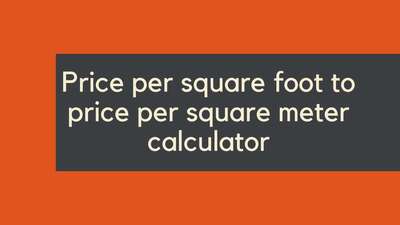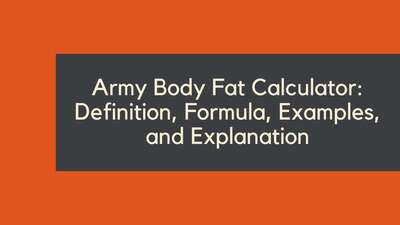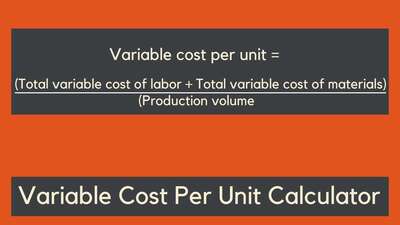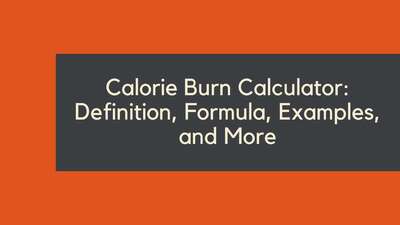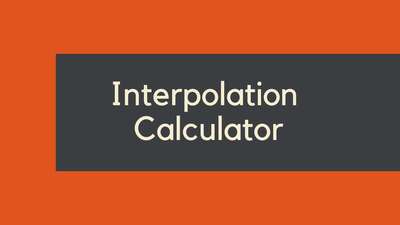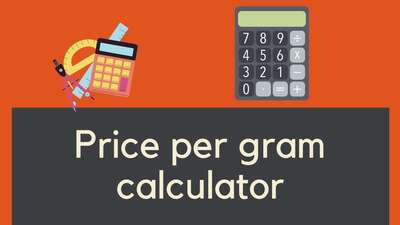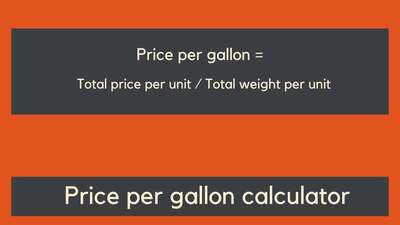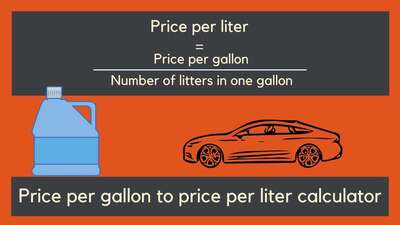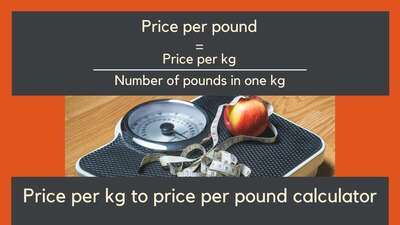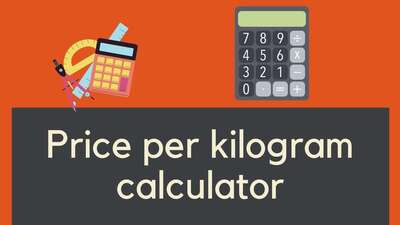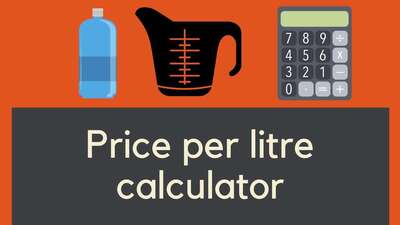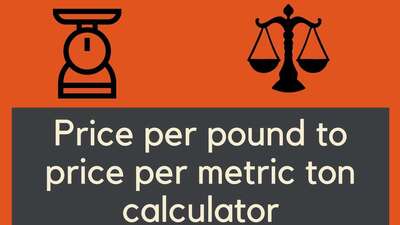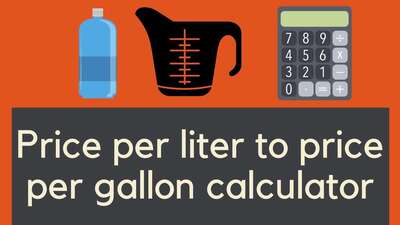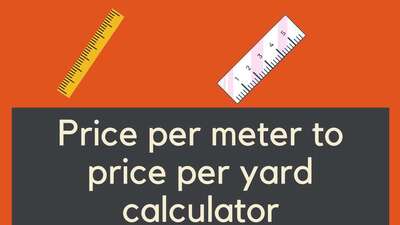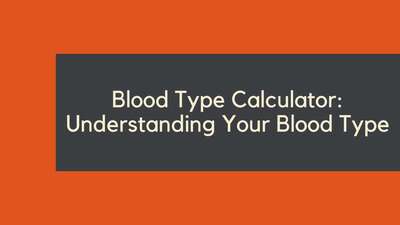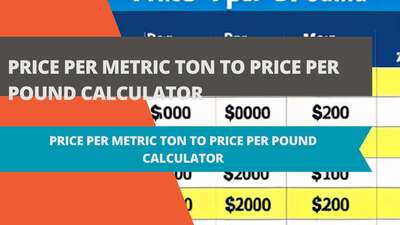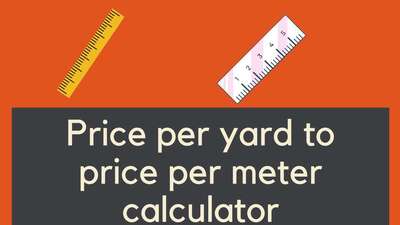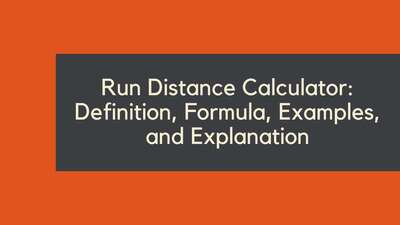PEMDAS Calculator: Solving Complex Math Problems Made Easy

- Definition of PEMDAS
- The PEMDAS Formula
- Examples of PEMDAS
- Explanation of PEMDAS Calculator
- PEMDAS Calculator FAQ
- What is a PEMDAS calculator?
- What are some examples of PEMDAS problems?
- Can I use a PEMDAS calculator for advanced math problems?
- Are there any limitations to using a PEMDAS calculator?
- Online Tools for Arithmetic Operations:
- Delving Deeper with Advanced Calculators:
- PEMDAS and GEMDAS - Understanding the Difference:
- Complex Calculations Made Easy:
- A Variety of PEMDAS Tools:
- Overcoming the Challenges of Fractions:
- Addressing Common Misconceptions:
- Why Excel Users Need to Know PEMDAS:
- Exploring Advanced Features of Calculators:
- Embracing the Digital Revolution in Mathematics:
- Prioritizing User Experience and Education:
- Conclusion
Do you find yourself struggling to solve complex math problems? Whether you're a student, a professional, or just someone who enjoys math as a hobby, there's no denying that some problems can be difficult to solve. That's where the PEMDAS calculator comes in. In this article, we'll explore what a PEMDAS calculator is, how it works, and how you can use it to simplify your math problems.
Definition of PEMDAS
PEMDAS is an acronym that stands for "Parentheses, Exponents, Multiplication, Division, Addition, and Subtraction". It is a mnemonic device used to remember the order of operations in arithmetic and algebraic expressions. The order of operations tells us which mathematical operation to perform first when solving a problem with multiple operations. For example, in the expression 8 ÷ 2(2 + 2), we would perform the parentheses first, then the multiplication, and finally the division, resulting in an answer of 8.
The PEMDAS Formula
The order of operations in PEMDAS is as follows:
- Perform any calculations inside parentheses first.
- Exponents (ie Powers and Square Roots, etc.)
- Multiplication and Division (from left to right)
- Addition and Subtraction (from left to right)
Using this formula ensures that you perform the operations in the correct order, and that you get the correct answer. It is important to note that in the absence of parentheses, exponents are done before multiplication and division, and multiplication and division are done before addition and subtraction.
Examples of PEMDAS
Let's take a look at some examples to see how PEMDAS works in practice:
Example 1:
5 + 6 ÷ 2 = ?
Using PEMDAS, we would perform the division first, resulting in the expression:
5 + (6 ÷ 2) = 5 + 3 = 8
Therefore, the answer is 8.
Example 2:
8 - 2(2 + 2) = ?
Using PEMDAS, we would perform the parentheses first, resulting in the expression:
8 - 2(4) = 8 - 8 = 0
Therefore, the answer is 0.
Example 3:
3(2 + 4)^2 + 5 = ?
Using PEMDAS, we would perform the parentheses first, resulting in the expression:
3(6)^2 + 5 = 3(36) + 5 = 108 + 5 = 113
Therefore, the answer is 113.
Explanation of PEMDAS Calculator
A PEMDAS calculator is a calculator that follows the order of operations specified in PEMDAS. It allows you to input complex mathematical expressions and get accurate answers without having to manually perform the calculations yourself. PEMDAS calculators are especially useful for students, professionals, and anyone else who regularly deals with complex math problems.
PEMDAS calculators are available both online and offline , and can be found on many websites, as well as on various mobile apps. They can perform a wide range of mathematical functions, including addition, subtraction, multiplication, division, exponents, and more. Some advanced PEMDAS calculators even include trigonometric functions, logarithmic functions, and other complex mathematical functions.
Using a PEMDAS calculator is easy. Simply enter the expression you want to solve, and the calculator will automatically follow the order of operations specified in PEMDAS to provide you with an accurate answer. Many PEMDAS calculators also provide step-by-step solutions, so you can see how the calculator arrived at the answer.
PEMDAS Calculator FAQ
What is a PEMDAS calculator?
A PEMDAS calculator is a calculator that follows the order of operations specified in PEMDAS. It allows you to input complex mathematical expressions and get accurate answers without having to manually perform the calculations yourself.
What are some examples of PEMDAS problems?
Some examples of PEMDAS problems include:
- 5 + 6 ÷ 2
- 8 - 2(2 + 2)
- 3(2 + 4)^2 + 5
Can I use a PEMDAS calculator for advanced math problems?
Yes, many PEMDAS calculators include advanced functions such as trigonometric functions, logarithmic functions, and more. However, it is important to note that PEMDAS calculators are not a substitute for a solid understanding of math concepts and principles.
Are there any limitations to using a PEMDAS calculator?
While PEMDAS calculators are a powerful tool for solving complex math problems, they do have some limitations. For example, they may not be able to solve problems involving abstract concepts or complex mathematical models. Additionally, some PEMDAS calculators may not provide accurate answers for certain types of problems.
Online Tools for Arithmetic Operations:
For those who find themselves often working with mathematical expressions, the PEMDAS calculator online offers a convenient solution. Whether you're trying to figure out a solution using the order of operations calculator or simply want to verify your handwritten calculations, these online tools are invaluable.
From basic arithmetic to complex math problems, platforms like these can swiftly offer answers. Additionally, for those who often make use of Excel for calculations, it's good to know that PEMDAS in Excel is a standard, ensuring your spreadsheets follow the right order of operations.
Delving Deeper with Advanced Calculators:
Beyond basic calculators, there are advanced tools that can cater to more complex needs. The PEMDAS calculator with solution is one such tool. It doesn't just give you an answer, but also provides a step-by-step breakdown, making the PEMDAS calculator step by step ideal for learning purposes.
For those who work with powers and roots, the PEMDAS calculator with exponents or the order of operations calculator with exponents will be particularly useful.
PEMDAS and GEMDAS - Understanding the Difference:
While many are familiar with PEMDAS as a mnemonic device, there's also GEMDAS, which some users might come across. Both serve to remind users of the correct order of operations in math.
Tools like the >PEMDAS and GEMDAS calculator or even the GEMDAS calculator with solution have been developed to assist those who follow the GEMDAS rule. This ensures everyone, irrespective of the mnemonic they use, gets the right solution.
Complex Calculations Made Easy:
Math can sometimes throw intricate problems your way. For these challenges, specialized tools like the complex math calculator and PEMDAS equation solver can come to your rescue.
If you're faced with a particularly challenging task involving fractions, then the PEMDAS fractions calculator or fraction order of operations calculator is your best bet. These dedicated calculators simplify the process, making even complex PEMDAS problems feel manageable.
A Variety of PEMDAS Tools:
The digital age offers an array of calculators tailored to user needs. From the PEMDAS calculator with variables for algebraic expressions to the PEMDAS rule calculator that emphasizes the rules, there's a tool for everyone.
Some users might come across variations or misspellings like the pedmas calculator or pemdas calcu, but regardless of the name, the goal is consistent: to aid in solving arithmetic and algebraic expressions following the order of operations.
Overcoming the Challenges of Fractions:
Fractions, traditionally viewed as a significant stumbling block in mathematics, have perplexed many over the years. However, the digital age has ushered in specialized tools that offer much-needed relief. One such indispensable instrument is the PEMDAS fraction calculator. Designed with precision, it meticulously breaks down and navigates through the intricate maze of fractional operations, always adhering to the esteemed PEMDAS guidelines. In parallel, the fraction order of operations calculator stands as a testament to innovation, consistently guaranteeing accuracy especially when juggling between multifaceted operations dotted with fractions.
Addressing Common Misconceptions:
In the vast realm of mathematics, it's not uncommon to encounter variations or misspellings that can inadvertently misguide users. Terms like pmdas calculator and pedmas calculator frequently surface, leading to a maze of confusion. These seemingly minor deviations underscore the importance of precision in the language of mathematics.
Educating users about the correct acronym becomes paramount to avert unintentional mathematical discrepancies. The digital sphere has risen to the occasion with many platforms integrating intuitive and corrective prompts. These prompts serve as vigilant sentinels, redirecting users to the appropriate tools, and fostering an environment of clarity, accuracy, and trust.
Why Excel Users Need to Know PEMDAS:
Microsoft Excel stands as one of the most powerful and widely-used spreadsheet tools globally, aiding professionals and students in diverse sectors. At the core of Excel's calculation prowess lies the adherence to mathematical rules, and foremost among them is the PEMDAS principle.
For those delving into complex formulas or even basic arithmetic operations in Excel, a solid grasp of PEMDAS is indispensable. It's not just a mnemonic; it's a guiding principle that ensures accuracy and precision. To address a common query, "does Excel use PEMDAS?", it unequivocally does. This dedication to the order of operations ensures that users, from novice to expert, can confidently input formulas and expect reliable outcomes.
The intricacies of Excel's calculations underscore the importance of using parentheses judiciously. By strategically placing these symbols, users can seamlessly direct Excel's computational flow, prioritizing specific operations and ensuring that results align with their mathematical intentions.
Exploring Advanced Features of Calculators:
The world of online calculators is vast and varied, offering tools that span from basic arithmetic aids to intricate problem solvers tailored for specialized needs. The simple PEMDAS calculators, while invaluable for day-to-day calculations, represent just the tip of the iceberg.
Venturing into the realm of advanced computational tools, users will encounter devices like the advanced order of operations calculator. Such calculators are meticulously designed to grapple with equations of greater complexity, often encountered by students in advanced mathematics courses or professionals engaged in rigorous analytical work.
A standout feature that resonates with many learners is the PEMDAS calculator step by step functionality. This feature doesn't merely spit out an answer; it elucidates the entire computational process, demystifying each step. It becomes an educational ally, transforming a once-daunting equation into a comprehensible sequence of operations, fostering deeper understanding and enriching the learning experience.
Embracing the Digital Revolution in Mathematics:
In today's technologically driven era, the landscape of education, especially in subjects like mathematics, has evolved exponentially. Gone are the days when students solely relied on pen and paper or physical calculators. Modern tools like the PEMDAS online calculator or the GEMDAS calculator with solution have redefined how we approach problems. These platforms not only offer instantaneous results but also promote a deeper understanding of concepts by breaking down solutions, empowering users to learn at their own pace and in their preferred style.
Prioritizing User Experience and Education:
The success of these digital tools isn't merely a result of their computational prowess but also their user-centric design. Recognizing that every individual might approach a problem differently, these calculators are crafted to cater to diverse needs. Be it the PEMDAS calculator with variables for those delving into algebra or the PEMDAS fraction calculator for fraction-specific challenges, there's a specialized tool for every need. Furthermore, with intuitive interfaces and detailed step-by-step solutions, these platforms ensure that users, be they novices or experts, can navigate mathematical terrains with confidence and clarity.
Conclusion
A PEMDAS calculator is a powerful tool for solving complex math problems quickly and easily. By following the order of operations specified in PEMDAS, these calculators ensure that you get the correct answer every time. Whether you're a student, a professional, or just someone who enjoys math as a hobby, a PEMDAS calculator can help you simplify your math problems and make your life easier.
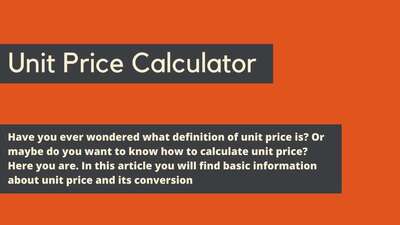


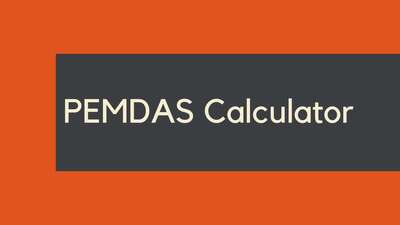

![Car Loan Calculator: Definition, Formula, Examples, and FAQs [2023 Guide]](/images/page/400/car-loan-calculator-13.jpg)
